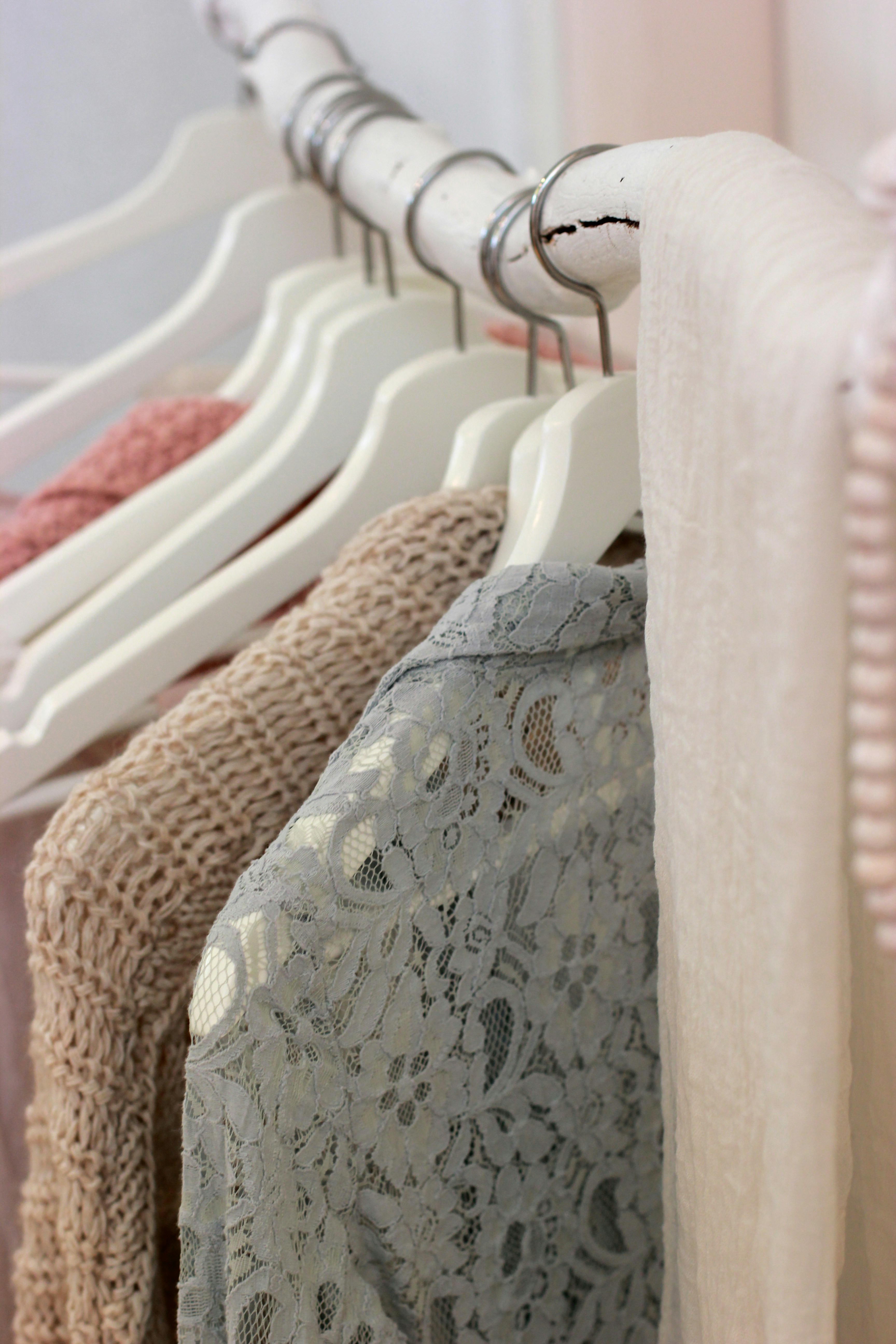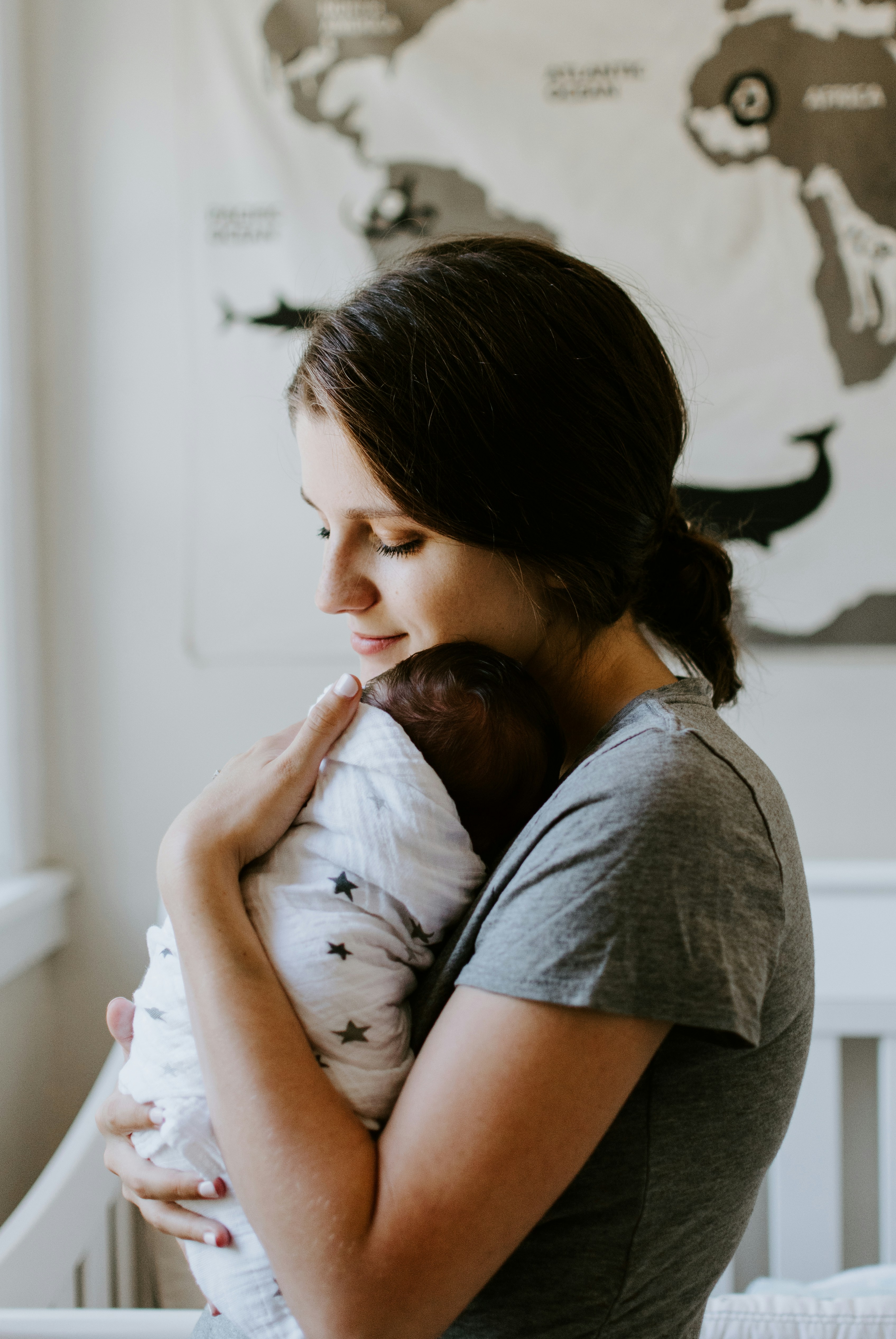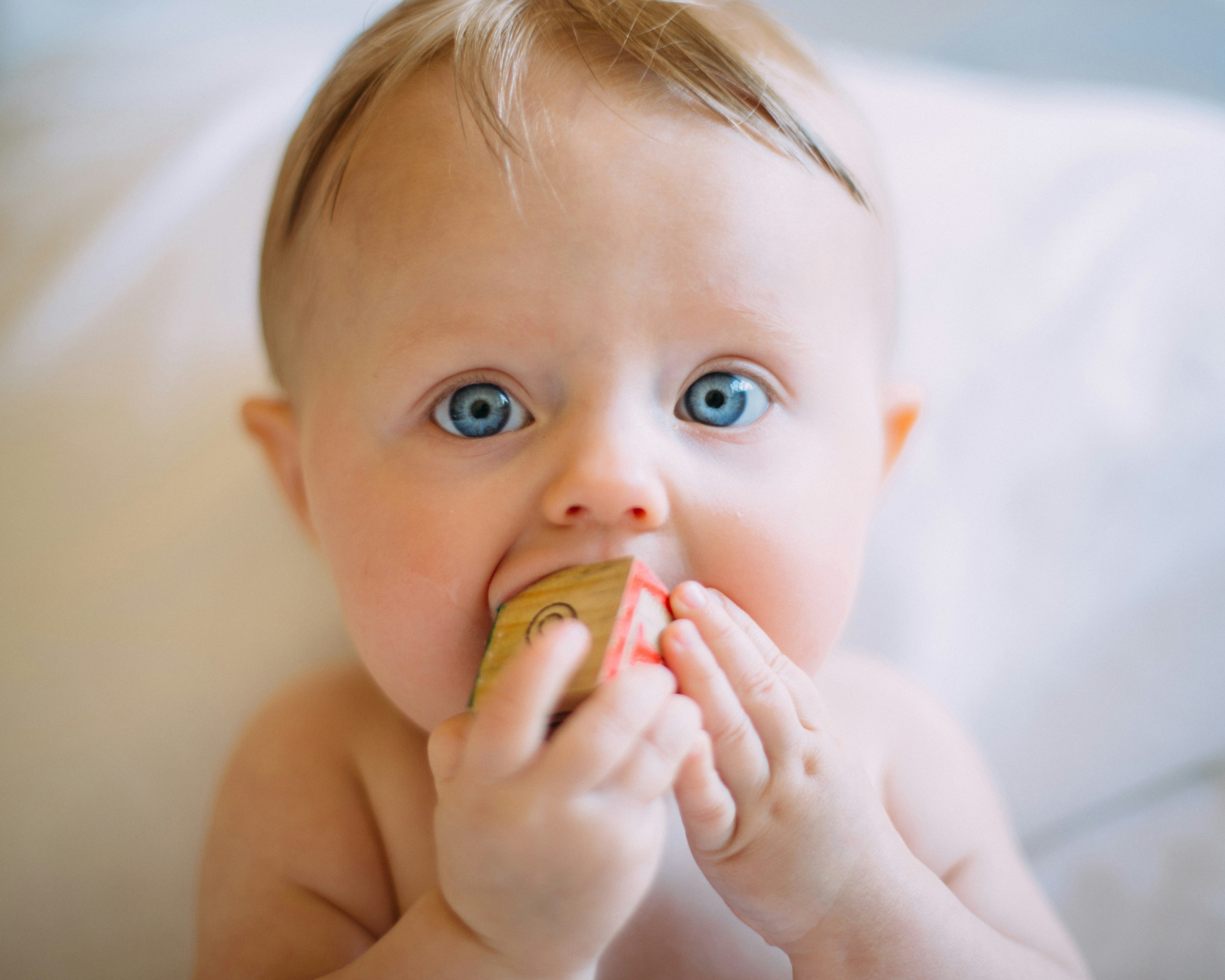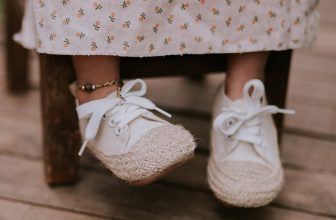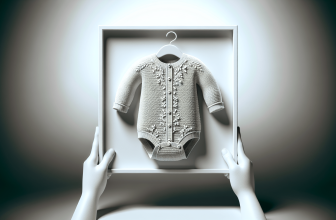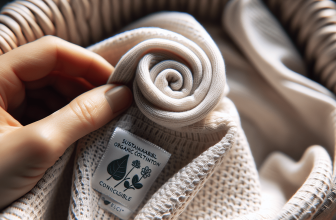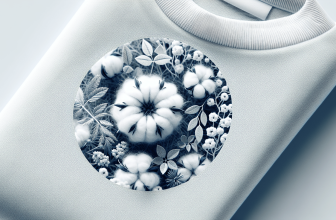As a parent, you want nothing but the best for your baby, and that includes choosing the right clothing for every season. In “Navigating Seasonal Changes: A Guide to Baby Clothing for Every Season,” you will find valuable tips and advice on how to dress your little one comfortably and appropriately throughout the year. From the cozy layers of winter to the lightweight fabrics of summer, this article will help you navigate the ever-changing weather and ensure that your baby is always dressed for success. Whether you’re a new parent or have been through the seasons before, this guide is a must-read for anyone looking to keep their baby stylish and comfortable all year round.
This image is property of images.unsplash.com.
Spring
Light and Breathable Fabrics
As the weather begins to warm up during spring, it’s important to dress your baby in light and breathable fabrics. Opt for materials such as cotton or bamboo, which are soft and gentle on your baby’s delicate skin. These fabrics allow air to flow freely, keeping your little one cool and comfortable throughout the day.
Layers for Changing Temperatures
Spring can bring unpredictable weather, with temperatures fluctuating throughout the day. Dressing your baby in layers is the perfect solution for this season. Start with a lightweight bodysuit or onesie as the base layer. Then, add a long-sleeved shirt or a cardigan for added warmth during cooler moments. This way, you can easily adjust your baby’s clothing to accommodate changing temperatures.
Rain Gear for Showers
Spring showers are a common occurrence, so be prepared with the appropriate rain gear for your baby. Invest in a waterproof jacket or coat with a hood to keep your little one dry in wet weather. Additionally, consider getting a pair of rain boots or waterproof shoes to protect your baby’s feet from getting soaked. With the right rain gear, your baby can still enjoy outdoor activities even on rainy days.
Summer
Sun Protection with UPF Clothing
Sun protection is crucial during the summer months, especially for your baby’s sensitive skin. Look for clothing with UPF (Ultraviolet Protection Factor) ratings to shield your baby from harmful UV rays. UPF clothing is designed with special fabrics that block out the sun’s harmful rays, providing an extra layer of protection. Remember to also apply sunscreen on exposed areas such as the face and hands.
Lightweight and Sleeveless Options
Keep your baby cool and comfortable in the summer heat by opting for lightweight and sleeveless clothing. Choose breathable fabrics such as linen or organic cotton that allow heat to escape and air to circulate. Sleeveless onesies or rompers are perfect for hot days, providing freedom of movement and ensuring your baby doesn’t overheat. Dressing your baby in light colors can also help reflect sunlight and keep them cooler.
Swimwear for Water Play
Summer is a great time for splashing around in the water, so make sure your baby has appropriate swimwear. Look for swimsuits or swim trunks made of quick-drying material and with built-in UPF protection. Consider getting a swim diaper for your little one if they are not yet potty trained. Don’t forget to accompany your baby closely when they are near water to ensure their safety.
Fall
Transitioning to Warmer Fabrics
As the temperature starts to drop in the fall, it’s time to switch to warmer fabrics that provide insulation and comfort. Choose clothing made of cozy materials such as fleece or knit to keep your baby warm during chilly days. Layering is still important during this season, so consider adding a lightweight jacket or hoodie over a long-sleeved shirt for extra warmth.
Adding Sweaters and Jackets
Fall is the perfect season to showcase adorable sweaters and jackets for your baby. Invest in a few cute and cozy options to keep your little one stylish and warm. Look for sweaters made of soft materials like cotton or cashmere. Jackets with hoods or lined with fleece are ideal for cooler days. Remember to choose designs with functional buttons or zippers for easy dressing and undressing.
Footwear for Cooler Weather
As the days get cooler, make sure your baby’s feet stay comfortable and protected. Opt for footwear that provides warmth and insulation. Soft-soled shoes or booties made of materials like leather or wool are great options. Look for designs that are easy to put on and take off, with secure closures such as Velcro or elastic. Keep in mind that your baby’s feet might be growing quickly, so check their shoe size periodically.
Winter
Insulating and Cozy Materials
Winter calls for clothing that will keep your baby warm and cozy. Choose fabrics such as fleece, down, or wool, which provide excellent insulation. Look for winter outfits or sleepwear made with these materials to ensure your baby stays toasty during the cold months. It’s essential to pay attention to your baby’s comfort and avoid clothing that may cause overheating or restrict movement.
Snowsuits and Heavy Jackets
When the temperature drops, it’s important to invest in a quality snowsuit or heavy jacket for your baby. These outerwear options offer maximum warmth and protection against the cold. Look for snowsuits that are water-resistant and insulated to keep your baby dry and warm during snowy adventures. Ensure that the snowsuit or jacket has a hood or a hat to cover your baby’s head and protect them from windchill.
Cold-Weather Accessories
Don’t forget to accessorize your baby’s winter wardrobe with essential cold-weather accessories. Keep their little heads warm with cozy hats that cover their ears. Look for hats made of soft and breathable materials to prevent irritation. Mittens or gloves are essential to protect your baby’s hands from the biting cold. Look for waterproof and insulated options. Finally, booties or thick socks will keep their tiny toes nice and warm, so invest in high-quality socks that fit well.
This image is property of images.unsplash.com.
Year-Round Essentials
Bodysuits and Onesies
Bodysuits and onesies are the foundation of any baby’s wardrobe, no matter the season. These versatile pieces are perfect for layering or worn alone on warmer days. Look for onesies with snap closures at the bottom for easy diaper changes. Choose soft, lightweight fabrics that are gentle against your baby’s delicate skin.
Soft and Stretchy Pants
Soft and stretchy pants are a must-have for your baby’s comfort and mobility. Look for pants with an elastic waistband for easy dressing and a snug fit. Opt for breathable materials like cotton or bamboo that won’t irritate your baby’s sensitive skin. These pants can be paired with different tops, making them suitable for every season.
Hats for Sun and Cold
Hats are not only adorable accessories but also provide important protection for your baby’s head. During sunny days, choose hats with wide brims to shield your baby’s face and neck from the sun. In colder weather, opt for hats made of warmer materials like fleece or wool to keep your baby’s head and ears cozy. Make sure the hats fit properly and are comfortable for your little one.
Choosing the Right Sizes
Consider Growth Spurts
Babies grow rapidly, so it’s important to consider potential growth spurts when choosing clothing sizes. Instead of purchasing too many newborn sizes, think ahead and buy a range of sizes to accommodate your baby’s growth. As a general rule, it’s better to err on the side of slightly larger sizes to ensure a comfortable fit for your baby.
Refer to Size Charts
To make measuring your baby’s size easier, refer to size charts provided by clothing brands and retailers. These charts offer specific measurements for different age ranges, making it easier to choose the right size. Keep in mind that size charts may vary between brands, so it’s always a good idea to measure your baby’s height and weight periodically for accuracy.
Prioritize Comfort
Above all, prioritize your baby’s comfort when choosing clothing sizes. Avoid clothing that is too tight or restrictive, as it may cause discomfort or limit movement. Opt for looser-fitting garments that allow room for growth and ensure your baby can move easily and freely. Pay attention to any signs of irritation or discomfort and adjust the sizes accordingly.
This image is property of images.unsplash.com.
Caring for Baby Clothes
Follow Proper Washing Instructions
To keep your baby’s clothes clean and in good condition, it’s important to follow proper washing instructions. Read the care labels on the clothing to determine the best washing temperature and cycle. Use gentle detergent that is specifically formulated for babies to avoid any skin irritations or allergies. Be mindful of washing delicate fabrics by using a gentle or hand-wash cycle.
Use Baby-Safe Detergents
Babies have sensitive skin, so it’s crucial to choose baby-safe detergents that are free from harsh chemicals or fragrances. Look for detergents that are hypoallergenic and dermatologist-tested. Avoid using fabric softeners or dryer sheets, as they can leave behind residues that may irritate your baby’s skin. Instead, opt for natural alternatives such as wool dryer balls.
Avoid Over-Drying
Over-drying baby clothes can cause them to shrink or become stiff. To preserve the softness and elasticity of the fabrics, avoid over-drying. Take the clothes out of the dryer while they are still slightly damp and let them air dry the rest of the way. This will help maintain the quality of the clothing and prevent unnecessary wear and tear.
Budget-Friendly Tips
Shop Sales and Discounts
Baby clothes can be expensive, but you can save money by shopping during sales and taking advantage of discounts. Keep an eye out for seasonal sales or clearance events to score great deals on baby clothing. Consider signing up for newsletters or loyalty programs of your favorite baby clothing brands to receive exclusive offers and promotions.
Consider Secondhand Options
Babies outgrow their clothes quickly, so secondhand options can be a cost-effective and sustainable solution. Explore thrift stores, consignment shops, or online marketplaces for gently used baby clothing. Many secondhand items are in excellent condition and offer significant savings. Just make sure to inspect the items thoroughly and wash them before use.
Invest in Versatile Pieces
To make the most of your budget, invest in versatile pieces that can be worn across different seasons or activities. Look for items that can be layered or easily mixed and matched with other pieces in your baby’s wardrobe. Essential items like bodysuits, basic tops, and neutral-colored bottoms can be incredibly versatile and will last throughout multiple seasons.
Accessorizing for Style and Function
Adding Cute Hats and Headbands
Accessorizing your baby’s outfits with cute hats and headbands can add a touch of style while serving a functional purpose. Look for hats that match the season, such as sun hats for summer or beanies for winter. Consider headbands or hair accessories to keep your baby’s hair out of their face. Choose accessories made of soft materials that won’t irritate your baby’s skin.
Choosing Practical and Adorable Shoes
Shoes are not just an accessory but also provide support and protection for your baby’s developing feet. Look for shoes made of breathable materials and with flexible soles that allow for natural movement. Opt for designs with Velcro or elastic closures for easy on and off. Consider choosing shoes with cute patterns or fun colors that can add a pop of style to your baby’s outfit.
Accessorizing with Bibs and Bandanas
Bibs and bandanas are essential accessories for mealtime and teething stages. They help to keep your baby’s clothing clean and dry while adding a stylish touch to their outfit. Look for bibs made of absorbent materials that are easy to wash. Bandanas can also serve as a fashion statement while keeping your baby’s drool or spit-up under control.
Keeping Safety in Mind
Avoid Loose or Dangling Accessories
When it comes to dressing your baby, safety should always be a top priority. Avoid dressing your baby in clothing with loose or dangling accessories, such as ribbons, strings, or buttons that can pose a choking hazard. Opt for clothing with securely attached embellishments or choose simpler designs to minimize potential risks.
Choose Flame-Resistant Sleepwear
For sleepwear, prioritize flame-resistant materials to ensure your baby’s safety. Look for sleepwear marked as “flame-resistant” or “self-extinguishing.” These types of garments are designed to resist ignition and slow down the spread of flames. Sleepwear made with polyester or blended fabrics often have built-in flame-resistant properties.
Check for Choking Hazards
Before dressing your baby, always inspect the clothing for any small buttons, snaps, or decorative pieces that may become choking hazards. Ensure that buttons are securely attached and can’t be easily pulled off. Remove any loose threads or tags that could potentially pose a risk. Regularly check the clothing for wear and tear, and discard any items that have become damaged or unsafe.
By following this comprehensive guide to baby clothing for every season, you can ensure that your little one is dressed appropriately and comfortably throughout the year. From choosing the right fabrics for each season to considering safety and budget-friendly options, you are well-equipped to navigate the ever-changing needs of your baby’s wardrobe. Enjoy the journey of dressing your baby and watching them grow in style and comfort!

